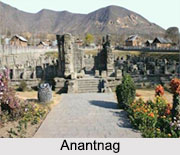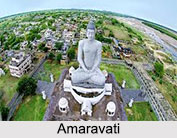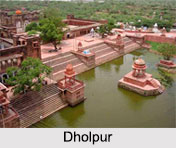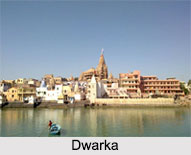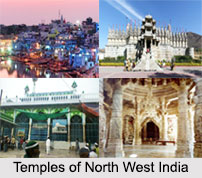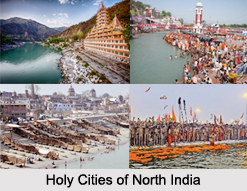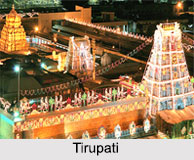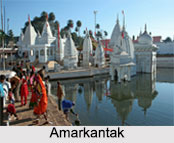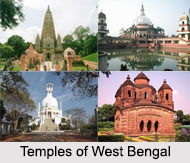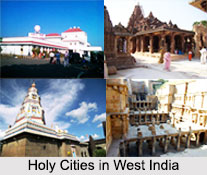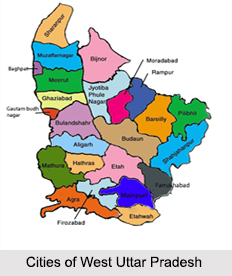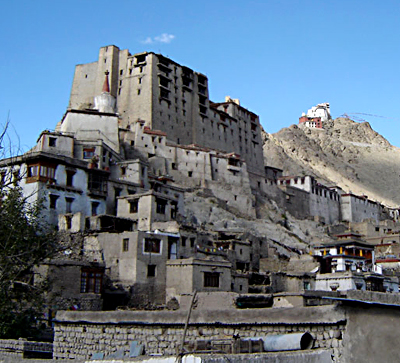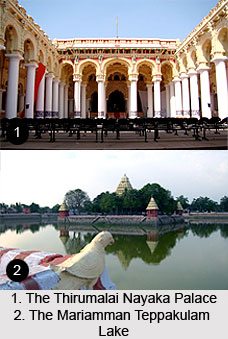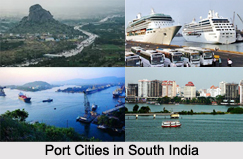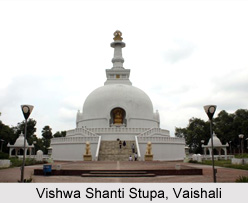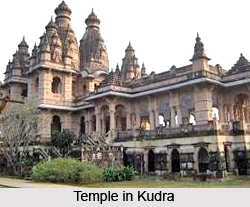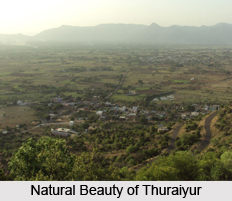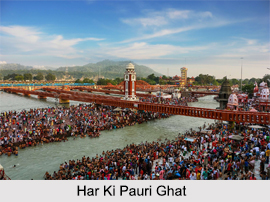 Magam is a town, municipal committee, and Tehsil headquarters of the Budgam district of Jammu and Kashmir. Magam is also known as "The Gateway of Gulmarg". It is recognized for its market establishments, and local businesses. Magam is the largest business hub in Budgam district.
Magam is a town, municipal committee, and Tehsil headquarters of the Budgam district of Jammu and Kashmir. Magam is also known as "The Gateway of Gulmarg". It is recognized for its market establishments, and local businesses. Magam is the largest business hub in Budgam district.
Location of Magam
Magam is a town located in Budgam District of Jammu and Kashmir. It is a newly created tehsil in the independent India. It came in the limelight of tourism industry of India because of its presence on Gulmarg and its highway.
Geography of Magam
Magam is 24 kilometres away from Srinagar, the summer capital of Jammu and Kashmir. It has the largest marketplace and is considered business hub of the Budgam district. The Idara Abu Fazal Abbas Islamic Library, situated in Magam and established in 1985, is the largest Islamic private library in the state of Jammu and Kashmir. Magam is located at 34.08 degree North to 74.58 degree East.
Landform of Magam
Magam has an average elevation of 1569 meters (5147 feet). Some of the famous villages in the neighborhood of Magam are Adina, Kanihama (famous for Kani-Shawl), Tarhama (for Tarra-nag) and Pethmakhama.
Demography of Magam
According to the Population census in the year 2011, Magam had a population of 5,470. Out of which 18% was under 6 years of age. In terms of demography, there is an approximately equal number of males and females. Magam has an average literacy rate of 51.22%, 27.28% lower than the national average of 78.5%. The male literacy rate in Magam is 57%, and female rate is 42%.
Education of Magam
Magam has three higher secondary schools: Government Boy`s Higher Secondary Institute, Government Girls Higher Secondary Institute, and R.M.P. Higher Secondary Institute. At the secondary level, it has Green View Public High School, Alamdar Public School, and the New Convent School (CBSE). These institutes impart teaching in arts, science, and commerce streams. It has recently established a Degree College, which started its class work in March 2012.
Visiting Information
Magam is well-connected with the State and District Highway roads. It is also connected through railway and from Srinagar in Srinagar District of Jammu and Kashmir to Gulmarg. Mazhom railway station is located 3 kilometres from Magam.
Related Articles
Hill Stations of Jammu and Kashmir
Jammu and Kashmir
Temples of Jammu and Kashmir
Culture of Jammu and Kashmir
Adventure Tourism in India
Adventure Sports in India
